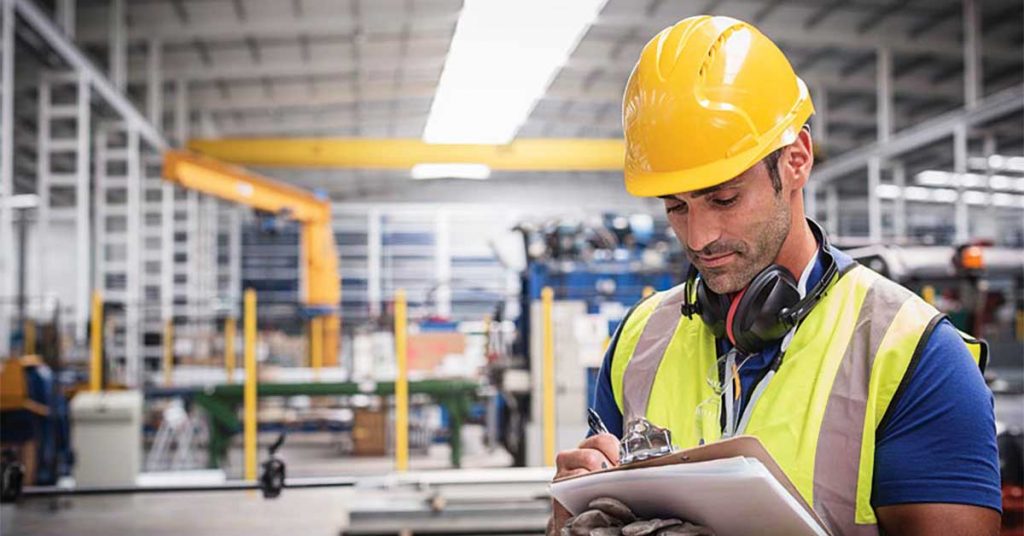GEM Engserv Pvt. Ltd is an ISO 9001:2015 certified organization, certified by TUV India in accreditation with National Accreditation Board for Certification Bodies (NABCB).
GEM Engserv Pvt. Ltd is an ISO 9001:2015 certified organization, certified by TUV India in accreditation with National Accreditation Board for Certification Bodies (NABCB).

It is a generally accepted fact that the Construction sector lags significantly behind the manufacturing sector when it comes to Quality Management. While this is particularly true about the product quality, the perception also extends to application of principles of Quality Management and the overall approach to Quality. During training programmes that I conduct on ‘Construction Quality’, I often try to provoke the audience by asking them to compare the situation prevailing in the two sectors in the context of Quality Management. What emerges is a list of reasons explaining why the construction sector lags behind. We often end up agreeing that it will help the construction sector if these reasons are not peddled as excuses but used as aspects on which construction sector can emulate and learn from manufacturing sector. Here I have compiled a partial list of the reasons which we brainstormed during one such session as well as my take on how to convert these excuses into opportunities! Much of what is written is in the context of the Indian construction sector.
It is argued that in the manufacturing industry, the product is created under a controlled environment whereas in construction exposure to the external environment makes it very challenging to achieve good quality. Rains, snowfall, high and low temperature, wind, and dust are ever present. They make the task of creating products satisfying the technical requirements very difficult and uncertain. In case of foundation construction, the situation is even worse. Not only is there great variability of strata and environment, but we often are also unable to see where the construction material is placed!
This argument is partly true at best and each issue is examined below to separate the truth from the myth.
Frequent shifting of the place of construction is cited as an excuse for difficulty in achieving the desired quality. In the manufacturing sector, for a given producer and product, all production takes place in the same location (factory) and this makes the task of providing resources such as material, electricity, water, equipment and management much easier. In contrast, construction projects have a definite start and end dates, and resource provision has to shift to the next project which could be at a very different place. While this argument sounds correct, careful consideration will make it clear that the challenge of frequent shift of playground has far greater influence on the cost of doing business rather than product quality. In all projects, adequate time is provided for mobilization of resources to take care of this aspect. If we choose not to provide for such mobilization period, the blame again is on us, the Project Managers.
The next common argument is that the use of equipment is far greater in the manufacturing sector than in the construction sector. This correctly implies that there is less dependence on manual labour which is more prone to errors than the equipment. This argument is accepted, and despite the impressive progress made in deploying equipment in construction, it is true that the construction sector is far more dependent on labour than the manufacturing sector. However, there is no inherent constraint in use of equipment in construction and the situation is of our own making. It is true that the use of equipment is likely to result in higher cost of construction, but remember we are talking about Quality and not cost!
A natural extension of the previous argument is to bemoan the lack of trained manpower. Construction industry in India deploys large number of migrant labour. Due to a complex interplay of demand and supply within different locations, fluctuating demand in the agriculture sector, and holiday season in different parts of the country, the labour force is really ‘migrant’ in nature. The problem is compounded by the fact that there is virtually no entry barrier / qualification criterion for anyone to join the labour force. It is therefore very common to find completely unqualified and untrained workmen being deployed at project sites. Quality of the work carried out by such workmen will obviously be deficient. Once again, the problem is of our own creation and most challenges narrated above exist for the manufacturing sector also. The manufacturing sector also draws its workforce from the same eco-system. What they have done better is to invest in training and retaining the manpower for their specific needs. Having a fixed playground does help them, but that is not a huge factor.
The issues listed above have varying effect on the construction quality, and a theme running through all these is the compromise that we make to opt for cost and speed at the expense of Quality. A common solution to all these challenges could be to choose precast construction. By resorting to precast, we shift the production from site to a factory and thus can derive all the advantages that the manufacturing sector is supposed to have! However, while precast certainly reduces the time of construction, its cost-effectiveness is not guaranteed. The basic issue of choosing cost over quality may once again come to the fore in organizations opting for precast.